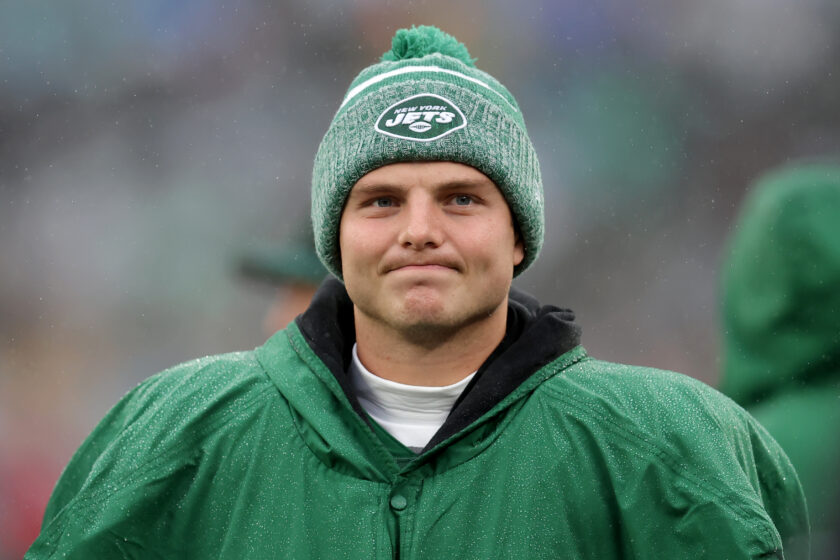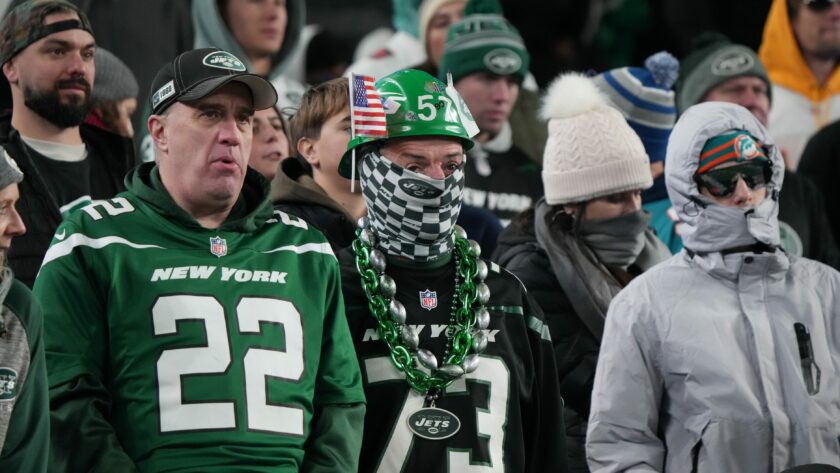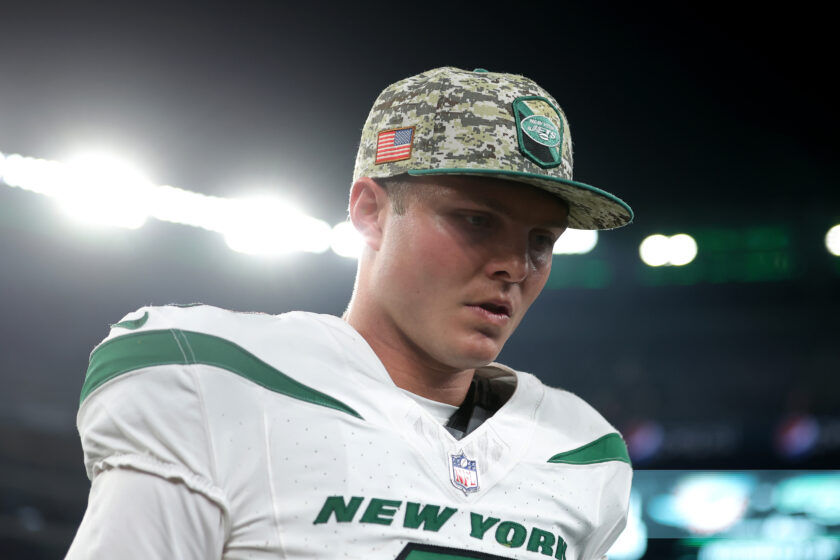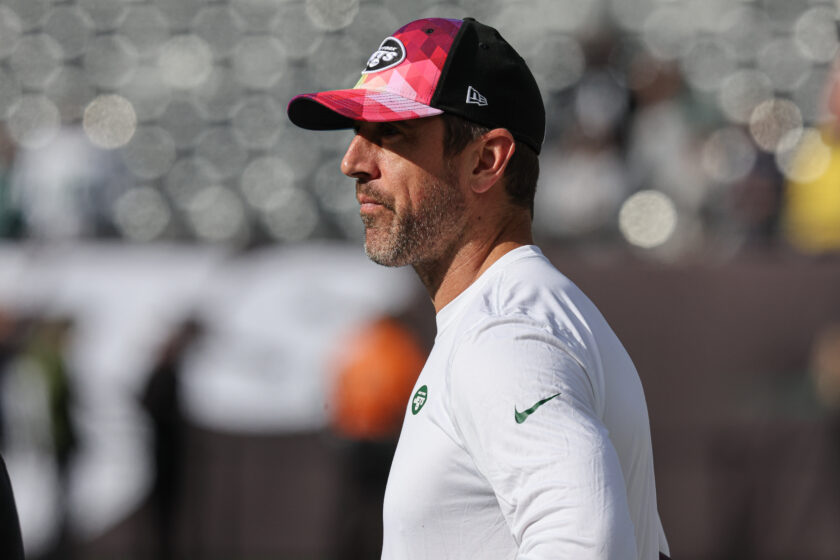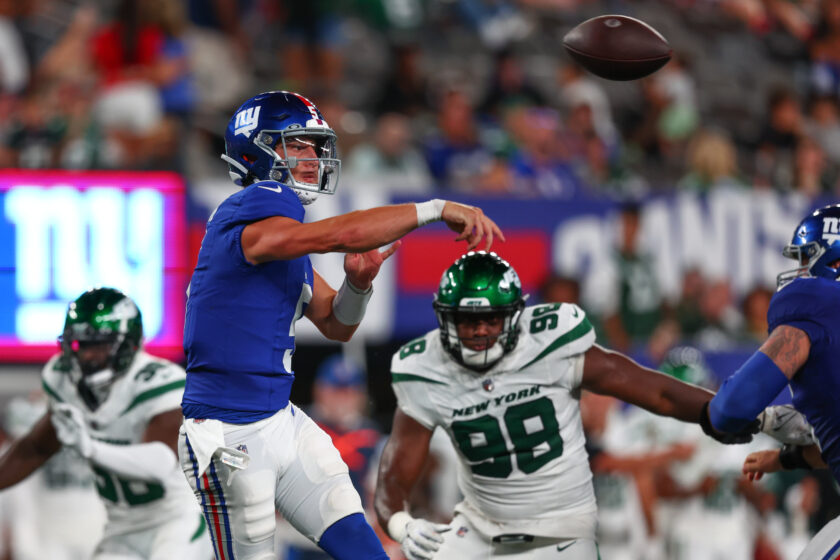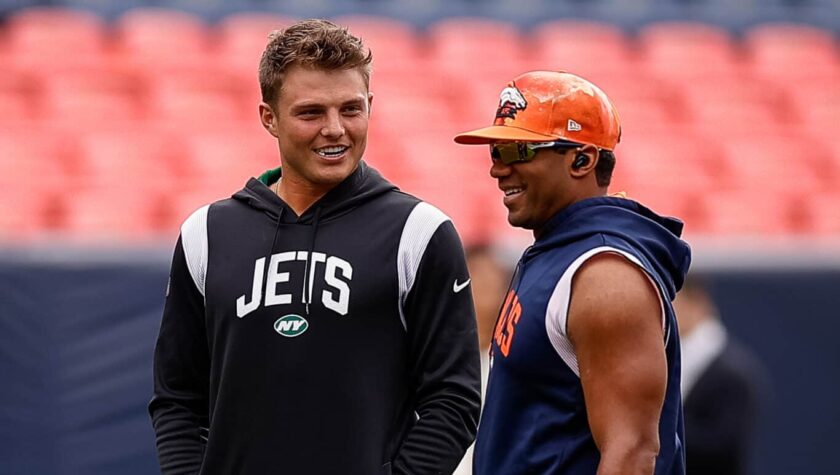New York Jets RB Elijah McGuire possesses all the necessary goods (Film Room)
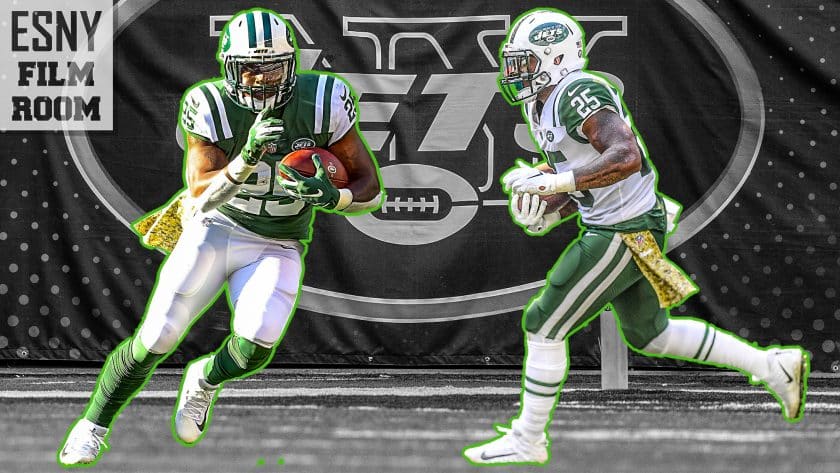
New York Jets young running back Elijah McGuire possesses all the necessary goods to assume a featured offensive role in the NFL.
[sc name=”Sabo Film Room” ]The New York Jets offensive skill players are not the problem. It’s true. Could the unique stud wideout or back be acquired with the express intent of developing Sam Darnold? If you struggle with finding the answer to that question, well, then … I don’t know what to tell you.
Studs aside, the current set of weaponry at the Jets disposal is workable. It’s the offensive line and the overall scheme that’s a complete mess.
Quincy Enunwa and Robby Anderson are a solid one-two punch out wide. Some may argue Enunwa would be on the verge of stardom if in the right situation. Chris Herndon is a talented vertical-threat tight end. Isaiah Crowell and Bilal Powell acted as a serviceable backfield duo.
One name yet to be mentioned may just come to the party equipped with the most talent of all.
Elijah McGuire is dripping with the goods.
McGuire, 24, is a second-year pro drafted in the sixth-round of the 2017 NFL Draft. He’s quick. He’s sneaky strong. He’s agile. He’s aware. He’s smart. He’s versatile. He literally does possess all the necessary tools it takes to assume a featured role as an NFL back.
Unfortunately, McGuire’s played in just two contests this season due to injury. A year ago, he dressed for all 16 games while rushing for 315 yards and a score on 88 rushes. In 2018, he’s tallied just 53 yards on 12 attempts (4.4 YPC—well ahead of the Jets average of 4.1).
No matter though. The kid’s the real deal, and at the very least, will enter 2018 as the full-time third-down back.
[sc name=”Jets Title” text=”Vision, Elusiveness” ]In each of his two games this year, McGuire has rushed the ball six times. Twelve carries in total with Powell shelved for the remainder of the year is a downright sin.
Crowell is, perhaps, the more gifted back. Since coming out as one of the nation’s top high school recruits, the Jets starting back has always oozed of talent.
He simply doesn’t possess the same vision and all-around ability as the youngster.
[sc name=”Jets Center” ]In our first example, New York is faced with a 4th-and-1. Despite facing a loaded eight-man box (what else is new?), Jeremy Bates dials up a run. This play is an inside zone split.
Though it’s designed to be the quickest of hitters down the right A-gap, James Carpenter can’t cross face enough to block his man out of the way. This puts a defender right in the face of McGuire while presenting a two or three-yard loss.
Instead of tensing up and lowering the shoulder pads (knowing that only one yard is necessary), McGuire appropriately jukes left and finds space on the weak side:
https://vimeo.com/302565345
It’s a tremendous example of vision and elusiveness—an Elijah McGuire specialty.
On the second example, Bates calls for a pitch. It’s a power play to the right side against a seven-man 4-3 front. McGuire is presented with two juicy cutback situations yet doesn’t take either due to that tremendous vision.
He sees the two Buffalo Bills defenders completely unblocked on the second level. Had he taken the A-gap or gone weakside, the gain would have turned out minimal.
https://vimeo.com/302565481
McGuire patiently lets the big heavies get out on the edge and follows the nimble Brandon Shell for a big chunk.
The decision was the correct one by the youngster despite the holding call on the edge bringing the play back. If James Carpenter found a way to block just one of the two linebackers on the second level, we’d be singing a different tune right now.
[sc name=”Jets Title” text=”Awareness, Acceleration” ]Next up are the awareness and acceleration traits.
The Jets offense runs many plays that remind folks of offenses from a decade or two ago. Earlier, we showed a power pitch. Sure, teams run the pitch on occasion, but the play has diminished greatly over time. The zone stretch (another play the Jets love) has taken the bulk of the work away from the pitch, an old-time favorite.
This next play is another ancient relic. The sprint draw.
It’s the sprint due to the idea the back maintains his ground while the QB sprints to his spot. Normal draws (such as the famed 90s Dallas Cowboys lead draw) feature a straight-line path by the QB. (It also featured a fullback, but that’s an entirely different story.) Today’s draws usually come out of the shotgun.
The draw includes a wrinkle. It’s a counter draw.
The counter principle comes from center Jonotthan Harrison pulling to the left, the very same side as the back and the direction of the rush. With Carpenter completely whiffing on his assignment, McGuire’s destiny looked like a big loss.
https://vimeo.com/302565604
What’s brilliant about his instant awareness and acceleration is that the play was designed to go left in following the pull.
McGuire immediately sprints right and picks up two yards instead of his team facing a devastating five or six-yard loss.
[sc name=”Jets Title” text=”Smarts, Short Yardage” ]Yes, the kid can also run in between the tackles. It’s no doubt the weakest part of his game, but he’s efficient enough. The area he needs immediate work at times is knowing when to hit the hole with authority. Though he doesn’t dance like a Le’Veon Bell, he’s an extremely patient runner.
On this 3rd-and-4, the Jets go with the inside power. Carpenter pulls and the design is to go right up the A-Gap on the right side.
https://vimeo.com/302565780
For a split second due to the left side defender’s position, McGuire could have been tempted to bounce it outside in looking for the home run. He didn’t, and it turned out to be a tremendous move as four yards was the goal on this one.
Had he attempted to bounce it out, the first-down might have been lost.
[sc name=”Jets Title” text=”Pass-Catching Ability” ]An all-around NFL running back in today’s game must also act as a pass-catcher. There’s no way around it.
The league wants points. Roger Goodell and his henchmen want the football flying through the air at every given time. They want that Big 12 track meet time feel.
Backs must have the ability to catch the ball out of the backfield.
What’s special about this kid is that he can actually line up at wideout and get it done as well. Not an easy feat.
https://vimeo.com/302565885
Did you see the fluid motion?
Most backs aren’t that fluid outside. They’ll line up and catch the ball, but only a select few can actually start the fluid movement forward prior to the ball arriving in such a seamless fashion.
When this action happens, at times, catching the ball becomes secondary in the mind and drops occur. Not only did McGuire catch the ball, but he also did it while moving forward and against a corner.
The kid has a chance to be special. It’s not an overstatement. By the same token, many players in this league have a shot to be special yet come up short for a variety of reasons. What’s testing the second-year sixth-round pick is his missed time due to injury and lack of opportunity due to playing time and/or poor offensive line and conservative scheme.
He can run it with speed, agility, amazing cut, and a little bit of power. Despite some of the pre-draft scouting reports to the contrary, his vision is a plus and awareness ahead of his age. The kid can also catch the ball from any position on the football field.
Elijah McGuire possesses all the necessary tools to assume a legit running back role in the National Football League.

Robby Sabo is a co-founder, CEO and credentialed New York Jets content creator for Jets X-Factor - Jet X, which includes Sabo's Sessions (in-depth film breakdowns) and Sabo with the Jets. Host: Underdog Jets Podcast with Wayne Chrebet and Sabo Radio. Member: Pro Football Writers of America. Coach: Port Jervis (NY) High School. Washed up strong safety and 400M runner. SEO: XL Media. Founder: Elite Sports NY - ESNY (Sold in 2020). SEO: XL Media.
Email: robby.sabo[at]jetsxfactor.com

